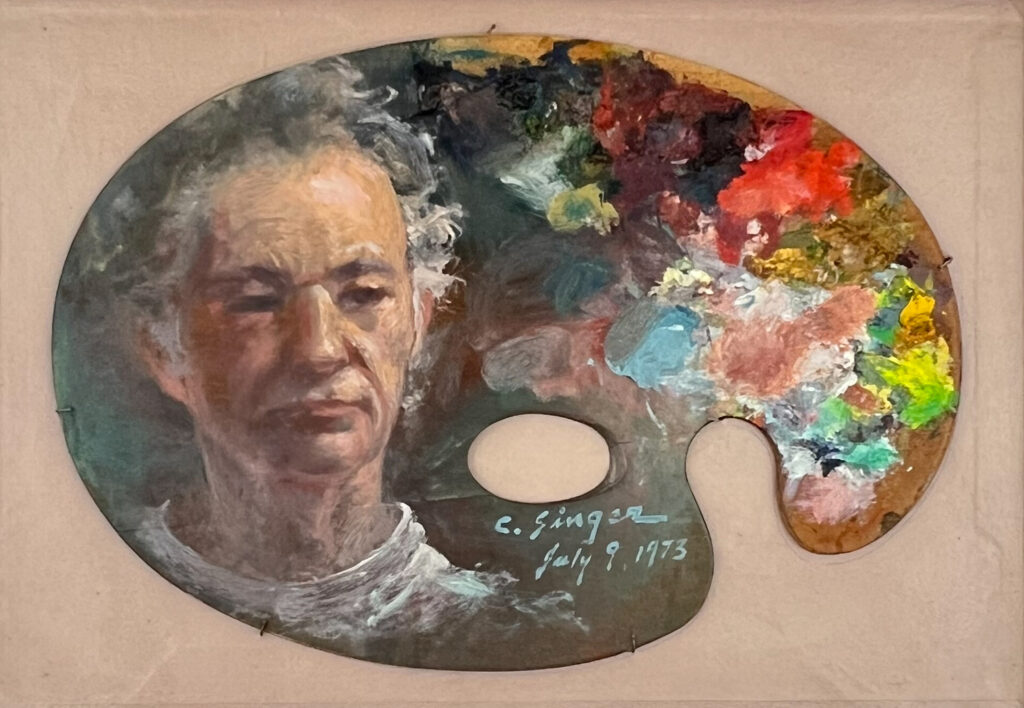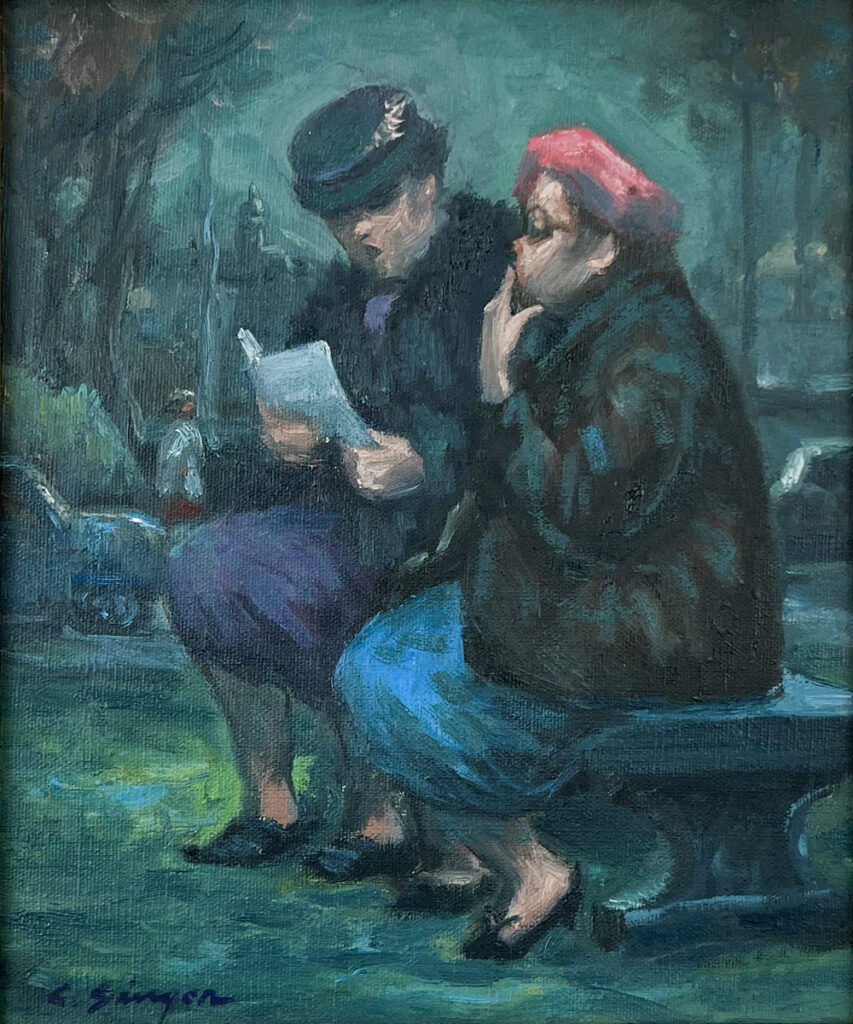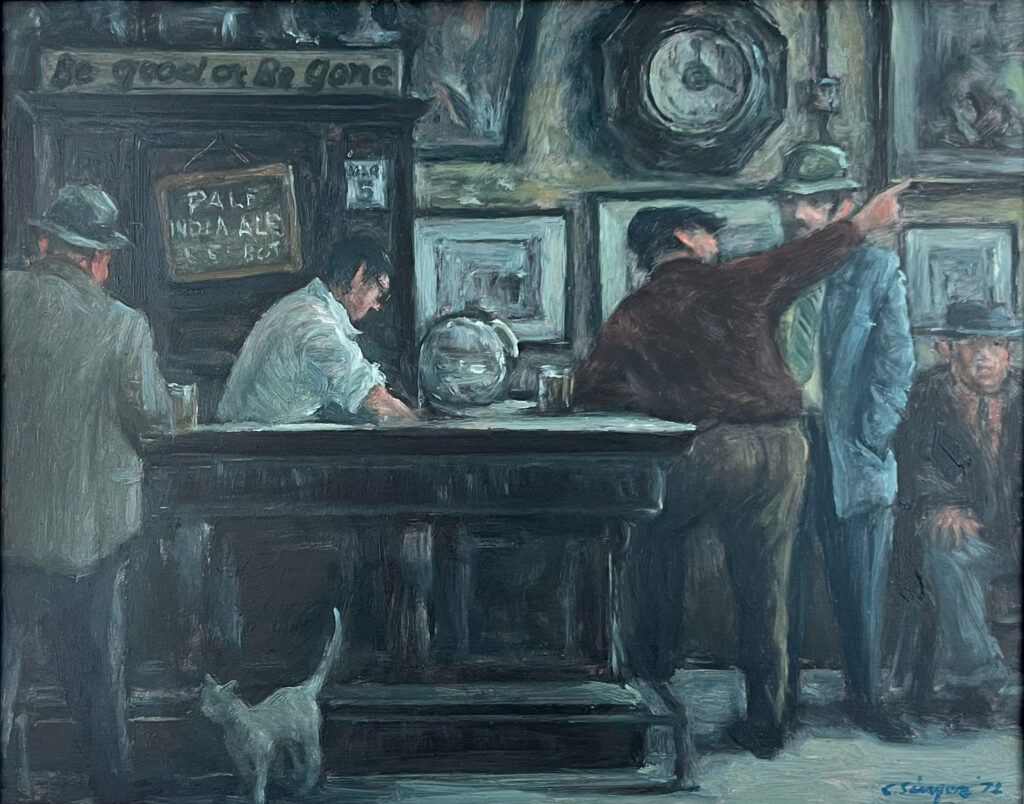About the Artist:
Clyde Singer
About Clyde Singer
Clyde Singer is a distinguished American painter celebrated for his vibrant, realist depictions of mid-20th century American life. Born in 1908 in Malvern, Ohio, Singer developed an early interest in art that propelled him to study at the Columbus School of Art and later, at the Art Students League in New York under the tutelage of eminent artists like John Steuart Curry. His style, characterized by lively brushwork and a rich palette, reflects the influence of the Ashcan School, which emphasized the beauty in everyday urban scenes.
Throughout his career, Singer’s works captured the essence of American social scenes with a particular focus on the small-town and urban environments of his native Ohio. His ability to infuse his paintings with narrative and movement brought these everyday scenes to life, making his work resonate with a broad audience. His art is not just a record of time and place, but also an intimate look into the lives of ordinary people, portrayed with empathy and a subtle hint of humor.
Singer’s prolific career includes more than 3,000 paintings, and his work has been exhibited extensively across the United States, including at prestigious venues like the Butler Institute of American Art, where he also served as an assistant director and curator of education for many years. Clyde Singer’s contributions to American art have been recognized with numerous awards and honors, and his works continue to be celebrated for their charming narrative quality and historical value.

Our Cylde Singer Collection

The Letter, 1941
“The Letter” by Clyde Singer, features two individuals outdoors, engrossed in reading a letter together. This painting captures a moment of shared intimacy and communication, set against an outdoor backdrop that could be a park or a similarly tranquil public space. The interaction between the figures suggests a connection that is both personal and reflective, as they together absorb the news or message delivered by the letter. Singer’s use of natural light and shadow plays across the figures, highlighting their expressions and adding depth to the scene. This piece, like much of Singer’s work, beautifully illustrates everyday human experiences, emphasizing emotional depth and the simplicity of shared moments.
Be Good or be Gone, 1945
Clyde Singer’s painting “Be Good or Be Gone” portrays a lively bar scene, vividly capturing a slice of mid-20th century Americana. The artwork features several figures within a bar setting, each character seemingly caught in a moment of casual revelry or deep in thought. The title suggests a playful yet stern warning that might be typically found in such an establishment, hinting at the transient and sometimes rowdy nature of bar clientele. Singer’s use of expressive brushwork and a muted yet atmospheric color palette enhances the dynamic and slightly edgy mood of the scene. This piece exemplifies Singer’s talent for depicting social interactions with a keen eye for detail and emotion, making ordinary moments appear extraordinary through his artistic lens.


